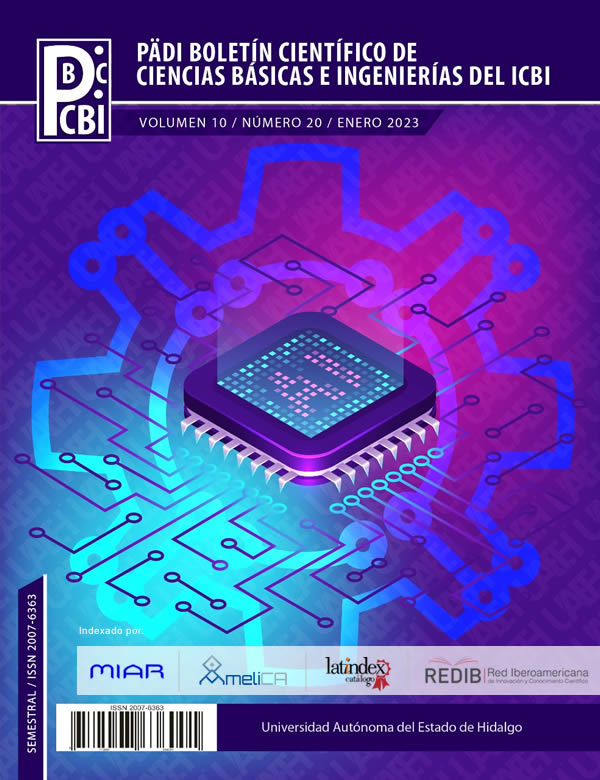Inert pair effect and its relationship with chemical periodicity
Abstract
In the 1, 2, and 13-18 main-group elements, the general trends in atomic properties such as size (r radius), electronegativity (c), ionization potential (In), and electron affinity (Ae) that are used to identify the bond type, as well as the chemical reactivity of elements, are explained by three aspects: the nuclear effective charge Z*, electron-electron repulsions, and the stability of the valence shell. These trends are known as chemical periodicity and, for lighter elements, their generalization is valid. However, for heavy p-block elements there are periodicity anomalies attributed to a relativistic effect known as inert pair. In post-transitional or p-block elements, the inert pair effect explains the formation of stable ions with low oxidation numbers, the unexpected high values of ionization potential, as well as the non-participation of the ns2 orbital (n = 4, 5 and 6) in the chemical bond.
Downloads
References
Gillespie, R. (2008). Fifty years of the VSEPR model. Coordination Chemistry Reviews, 252, 1315-1327.
Huheey, J., Keiter, E., & Keiter, R. (2010). Estructura y reactividad de las moléculas. Química Inorgánica: Principios de estructura y reactividad. Oxford University Press, México, Cap. 6, 234.
Norrby, L. (1991). Why is Mercury Liquid? or Why Do Relativistics Effects Not Get into Chemistry Textbooks? Journal Chemical Education, 68, 110-113.
Pauling, L. (1931). The nature of the chemical bond. Application of results obtained from the quantum mechanics and from a theory of paramagnetic susceptibility to the structure of molecules. Journal of the American Chemical Society, 53, 1367-1400.
Pitzer, K. (1979). Relativistic Effects on Chemical Properties. Accounts of Chemical Research, 12, 271-276.
Porterfield, W. W. (1993). Porterfield, W. W. Inorganic Chemistry: A Unified Approach.
Rayner, C. G., & Overton, T. (2010a). Periodic Trends. Descriptive Inorganic Chemistry. W.H. Freeman & Company. New York. USA. Ch 9, 191-202.
Rayner, C. G., & Overton, T. (2010b). An Overview of the Periodic Table. Descriptive Inorganic Chemistry. W.H. Freeman & Company. New York. USA. Ch 2, 19-40.
Slater, J. C. (1930). Atomic Shielding Constant. Physical Review, 36, 57-64.
Teja, H. S. (9 de septiembre de 2022). Protonstalk. Obtenido de Innert Pair Effect: https://protonstalk.com/p-block-elements/inert-pair-effect/
Waldron, K., Fehringer, E., Streeb, A., Trosky, J., & Pearson, J. (2001). Screening Percentages Based on Slater Effective Nuclear Charge as a Versatile Tool for Teaching Periodic Trends. Journal of Chemical Education, 78, 635-639.













